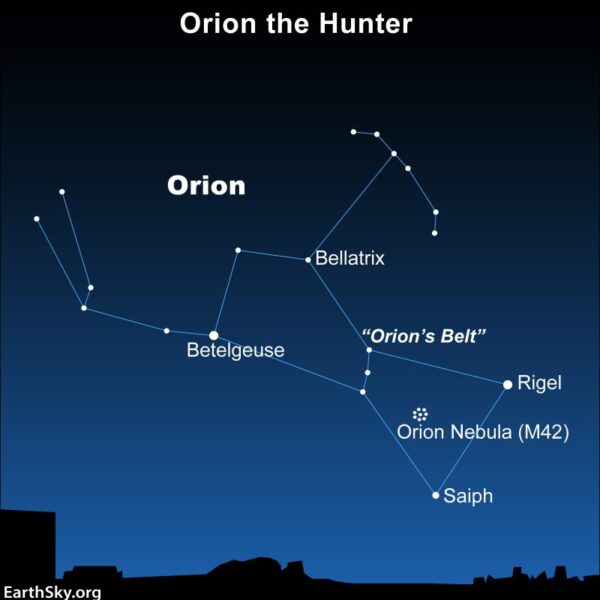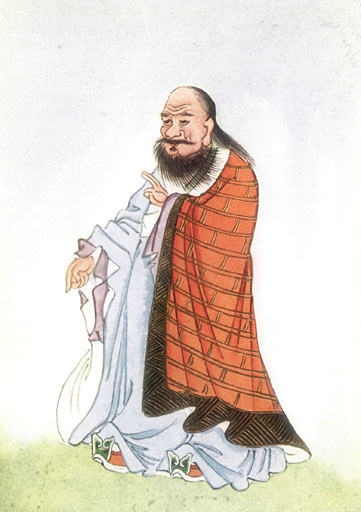
A weed grows among my cactuses. I am told this is a mustard weed. I’ve been at war with this plant all my life. My father, who launched me into an early career as a grass cutter, taught me this weed must be eradicated, utterly destroyed.
He taught me not to cut the weed with the lawnmower, because weed seeds spread, and more weeds grow, until ultimately, one day you’re mowing weeds, not grass. You must pluck each weed from the ground, and make sure you pull the whole root.
I cut a lot of grass when I was a young man. I had regular customers. I was what today you call a landscaper. I took care of yards for elderly customers, who agreed the weed was no good.
So I was always on the lookout for this plant, which met its demise at my hands over and over again, year after year. I can’t estimate how many of these weeds I’ve killed in my life. From New Mexico to Arizona, I’ve battled this weed.
With nothing but desert landscapes around the neighborhood, how does the weed find its way into my planter? Does the weed follow me?
In the Bible, Jesus tells us that the faith of a grain of a mustard seed can move mountains. Was he talking about this accursed weed even back then? Maybe microscopic seeds are everywhere airborne, and that’s why they find my planters. How many of these seeds do we breath?
The other day I looked at my cactus and weeds, and I thought to myself: ‘Hey you,’ which is me, ‘what if you changed your negative attitude toward the weed and embraced its chaos? It is after all, an impressive plant. Tenacious. Indestructible, even.’
I looked at my weed-infested cactus planter in a new way. I would accept the weeds and the originality of having a cactus-weed planter. Jungle-like. Wild. Weed and cactus together, living in harmony.
Naw.
My father’s teachings are implanted deep. My new attitude lasted about 2 hours, and I pulled those weeds. And since then, I’ve pulled them again.
So, the vendetta against this weed, handed down to me from my father, continues.
Death to the mustard weed, if that is indeed your name. I will fight you for eternity, because that, apparently, is our destiny.

David Madrid
Contact: David Madrid













